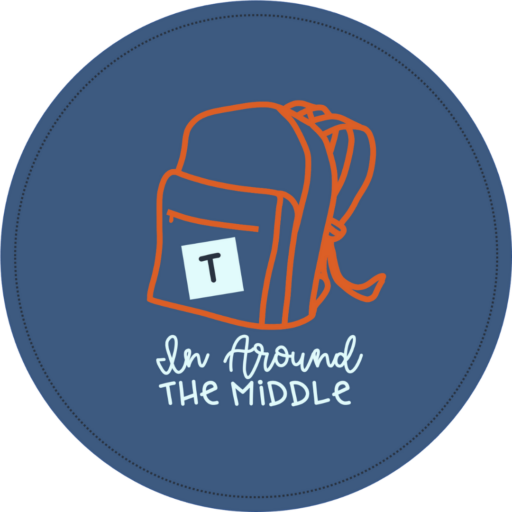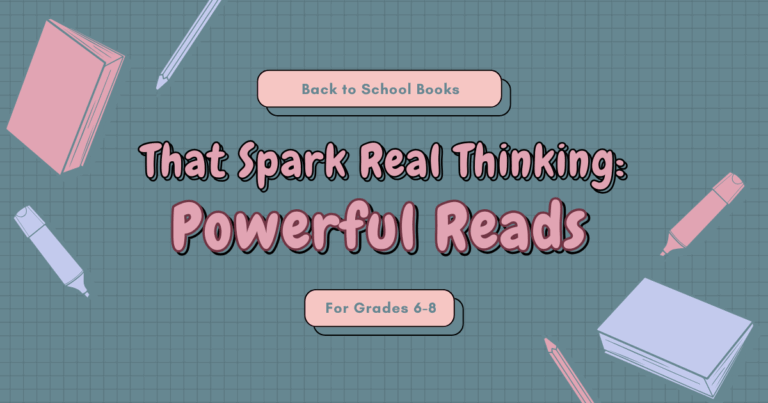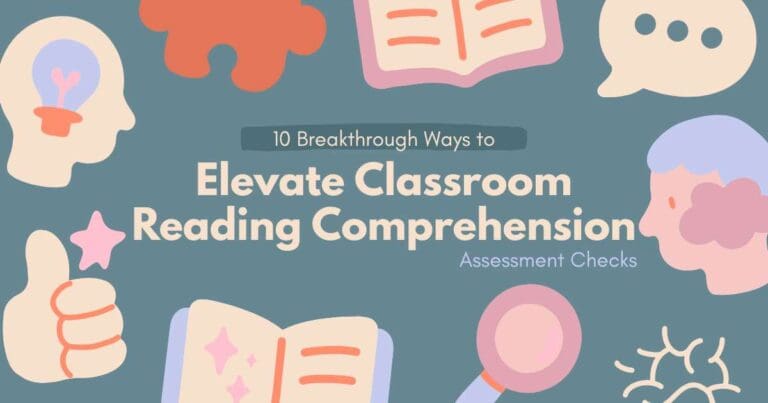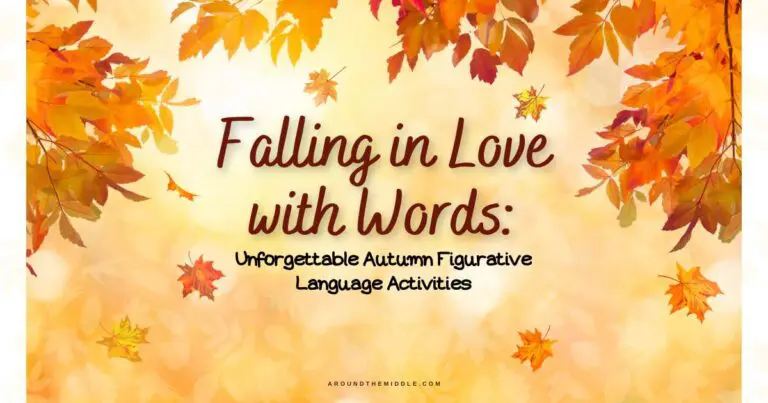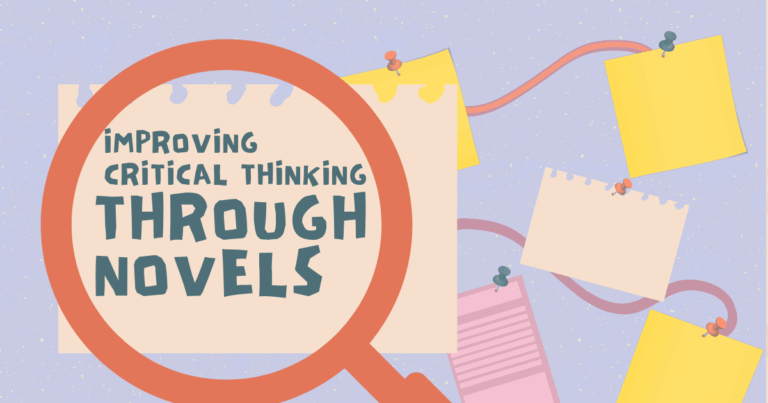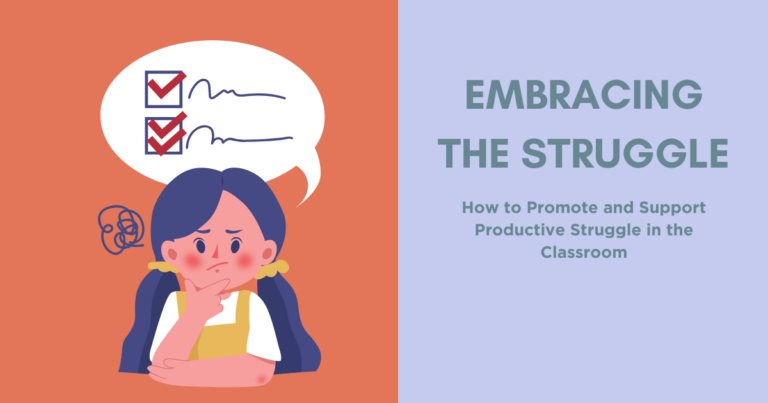Novel Study Ideas for Mid-Year: How to Choose the Right Text for Deeper Thinking
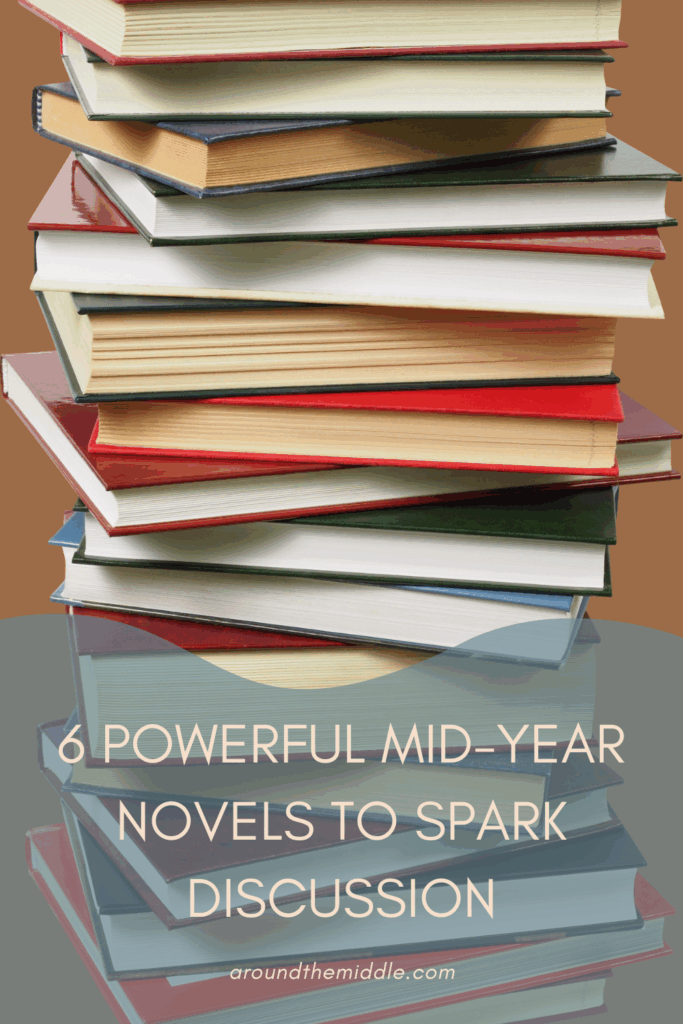
By mid-year, your class likely feels very different from those first few weeks back. Routines are established, relationships are built, and your students are ready to think more deeply and work more independently. It’s the perfect time to shift from foundational novel study ideas and reading work into texts that challenge students intellectually and emotionally.
Earlier, I wrote about 3 different blog posts on selecting the perfect beginning-of-year novel for grades 2-4, grades 4-6, and grades 6-8—how to set the tone with accessible texts that build community and confidence. But now, it’s time to level up.
In this post, you’ll find mid-year novel study ideas that help you choose texts suited to your students’ new maturity—books with richer themes, more complex characters, and the kind of moral ambiguity that sparks real discussion.
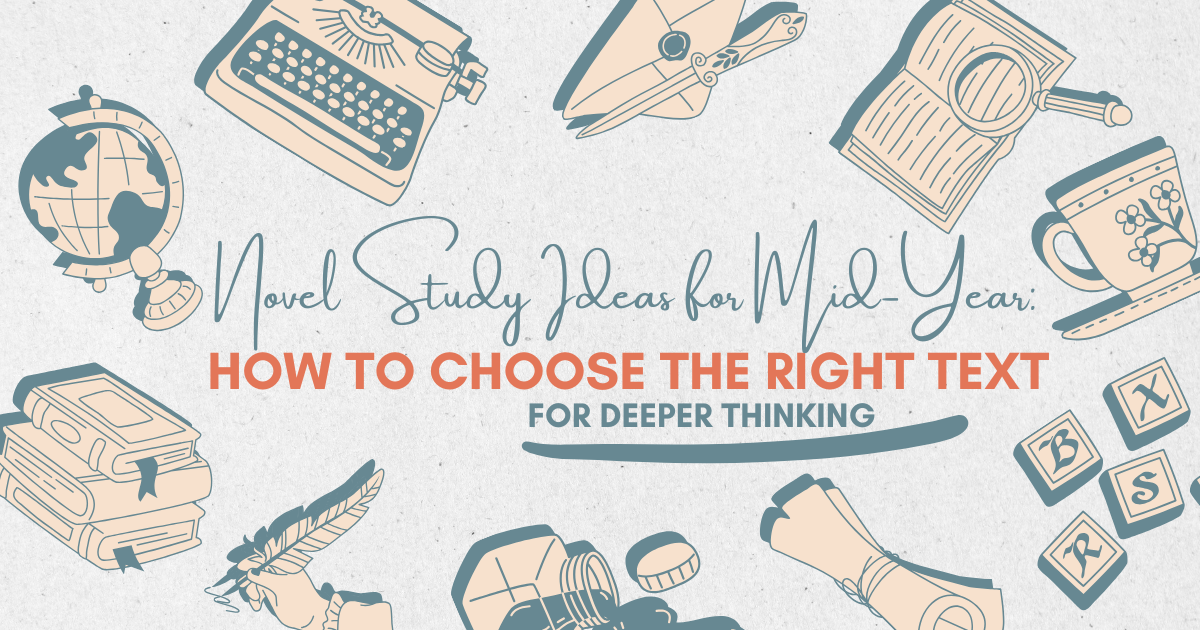
Why Mid-Year Novel Studies Need a Different Lens
At the beginning of the year, your goal was to hook students, establish expectations, and assess their skill levels. You likely chose a novel that was high-interest, not too long, and easy to access.
But now?
- Your readers are stronger.
- Your students are more open with each other.
- Your class is ready for nuance, reflection, and challenge.
This is where your mid-year novel study can do the heavy lifting—moving beyond plot to theme, beyond character traits to personal values, and beyond comprehension to interpretation.
What to Look for in a Mid-Year Novel
Here are five things to prioritise when shortlisting titles:
1. Layered Themes
Seek out books that tackle big ideas—justice, identity, grief, conformity, survival, family loyalty. These give students something real to chew on and debate.
2. Characters Who Change or Struggle
You want protagonists who aren’t perfect—who face hard choices, grow, fail, or wrestle with grey areas. This allows for rich character analysis and empathy-building.
3. Room for Higher-Order Thinking
Look for texts with ambiguity: unclear endings, questionable decisions, conflicting motivations. These make excellent springboards for class debates or small group discussion prompts.
💡 Tip: My ready-to-use Debate and Discussion Packs are a great match for these kinds of novels. Each pack includes 20 open-ended, thought-provoking prompts that get your students talking—and thinking.
4. Skill-Building Potential
Choose a novel that supports the skills you’re introducing next. For example:
- Figurative language? Pick a novel rich in imagery and metaphor.
- Theme analysis? Choose a text where multiple themes overlap or evolve.
- Argumentative writing? A morally complex plot is your best ally.
✏️ Need a resource to support that figurative language focus? Check out my novel based Figurative Language Scavenger Hunt Task Cards designed for upper elementary and middle school readers—they’re movement-friendly, standards-aligned, and perfect for mid-year engagement.
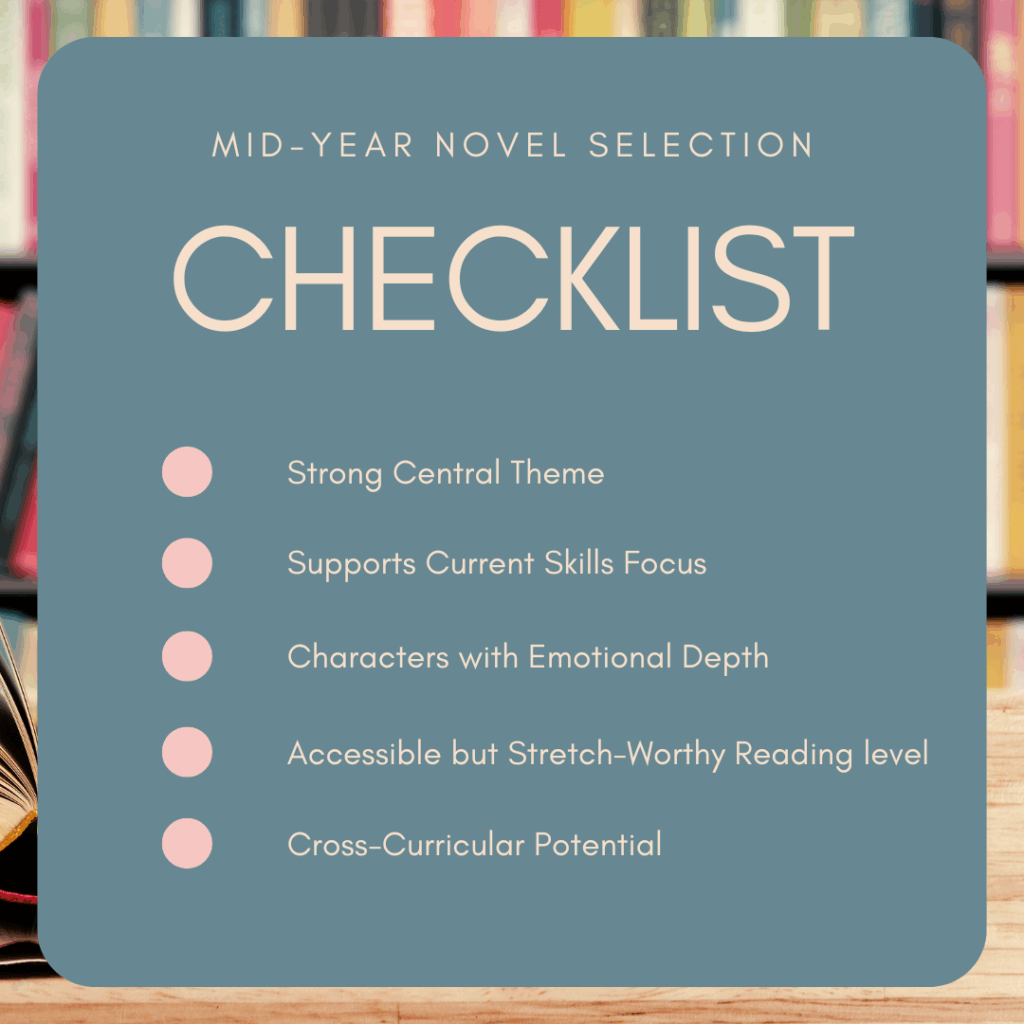
5. Cross-Curricular Links and novel study ideas
Mid-year is a great time to reinforce connections across the curriculum. Consider novels with links to:
- History: Immigration, conflict, civil rights
- STEM: Inventions, natural disasters, ethical dilemmas
- Geography or Global Studies: Setting as context for social issues
How to Gauge Student Readiness
Before you make your pick, do a quick pulse check:
- Can students summarise multi-chapter texts independently?
- Are they beginning to notice theme, tone, or author’s craft?
- Are group discussions more collaborative than chaotic?
Choose a novel that meets them where they are—but nudges them toward deeper comprehension and richer interpretation.
Don’t worry if not every student is in the same place. You can support them with:
- Guided reading groups
- Scaffolded chapter responses
- Visual tools like character charts or theme webs
🧩 My Hexagonal Thinking Task Cards work especially well here—they prompt higher-order thinking while offering structure and support for students still growing into analysis.
Engagement Still Matters—Even Mid-Year
Yes, students are ready for more depth, but that doesn’t mean you can toss engagement aside. When students want to read, they’ll push themselves to understand more.
Here’s how to keep the hook strong:
- Offer limited choice between 2–3 vetted titles
- Preview juicy questions or dilemmas they’ll face while reading
- Frame the novel as a mystery, a moral test, or a survival story
Think: hook, then challenge.
Mid-Year Novel Study Ideas: Recommended Texts
Here are some excellent mid-year picks for Grades 3–8:
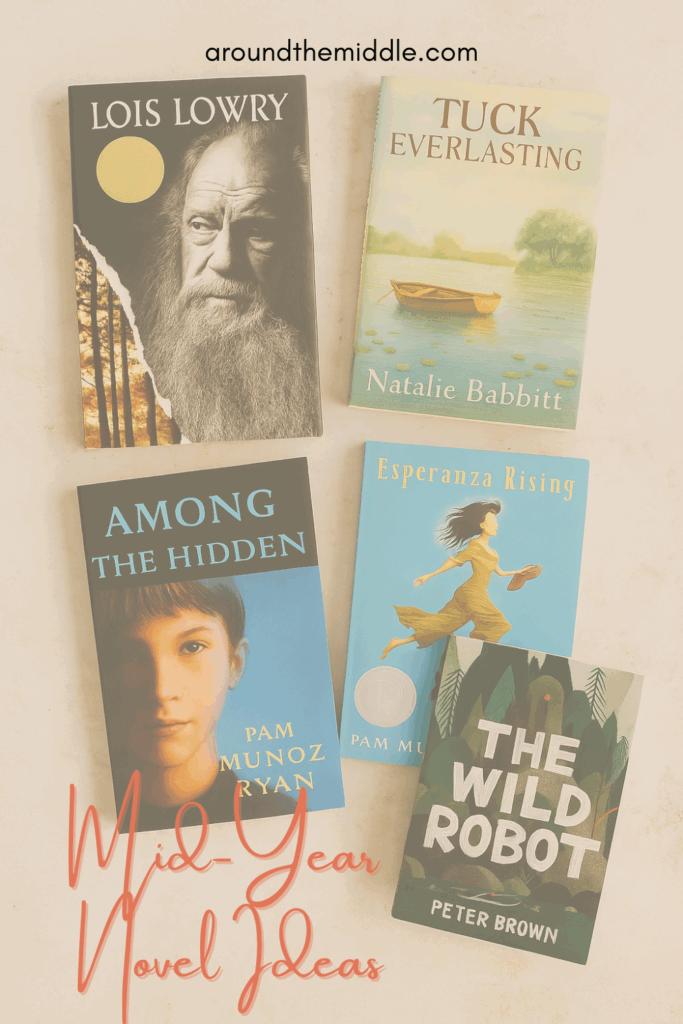
The Giver – Lois Lowry
Grades 6–8 | Dystopian
A society without pain, conflict—or choice. Great for theme analysis and figurative language work.
Wonder – R.J. Palacio
Grades 4–6 | Realistic Fiction
Challenges students to explore kindness, exclusion, and moral courage. Perfect for point-of-view and empathy-based writing.
Tuck Everlasting – Natalie Babbitt
Grades 4–6 | Fantasy
Themes of life, death, and choice wrapped in poetic prose. Excellent for author’s craft study and discussion-based tasks.
Among the Hidden – Margaret Peterson Haddix
Grades 5–7 | Dystopian
A forbidden child. A hidden life. A great novel for exploring government control, secrecy, and rebellion. In fact, this is the novel I’ve chosen this year for my mid-year novel with my grade 5/6 class.
Esperanza Rising – Pam Muñoz Ryan
Grades 5–6 | Historical Fiction
Themes of resilience, migration, and economic justice. Easy to pair with social studies.
The Wild Robot – Peter Brown
Grades 3-4 | Sci-Fi/Adventure
A robot becomes part of a wilderness ecosystem. Ideal for character development, theme, and cross-curricular STEM links.
Extend the Learning: Creative Novel Study Ideas for After Reading
Once the novel is finished, keep the momentum going with higher-order activities:
- Debate panels or mock trials based on character actions
- Novel escape rooms that review comprehension, theme, and vocabulary in an active way
- Socratic seminars or “hot seat” interviews with characters
- Visual metaphor posters to represent key themes
- Character transformation timelines with text evidence
🗝️ Want to make your next novel wrap-up more memorable? My Novel-Based Escape Rooms are designed to reinforce comprehension, vocabulary, and collaboration—all while students think they’re just having fun.
Final Thoughts: Choose a Novel That Moves Them Forward
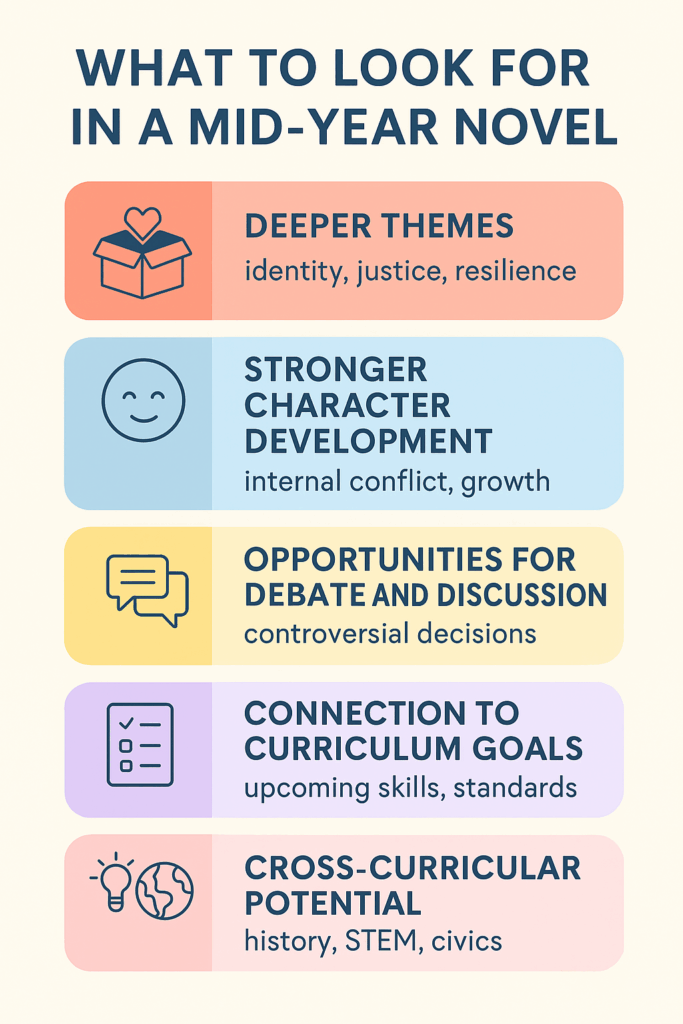
Mid-year is a turning point. Your students are more confident, more curious, and more capable than they were just a few months ago. This is the perfect time to introduce novels that stretch their minds, spark bold opinions, and push their thinking.
With the right book—and a clear plan—you won’t just teach reading. You’ll build thinkers.
💬 Looking for More Novel Study Ideas?
Check out some of my other blog posts on productive struggle or engaging students and browse my novel study resources designed to stretch thinking without increasing your prep load.
Happy teaching
